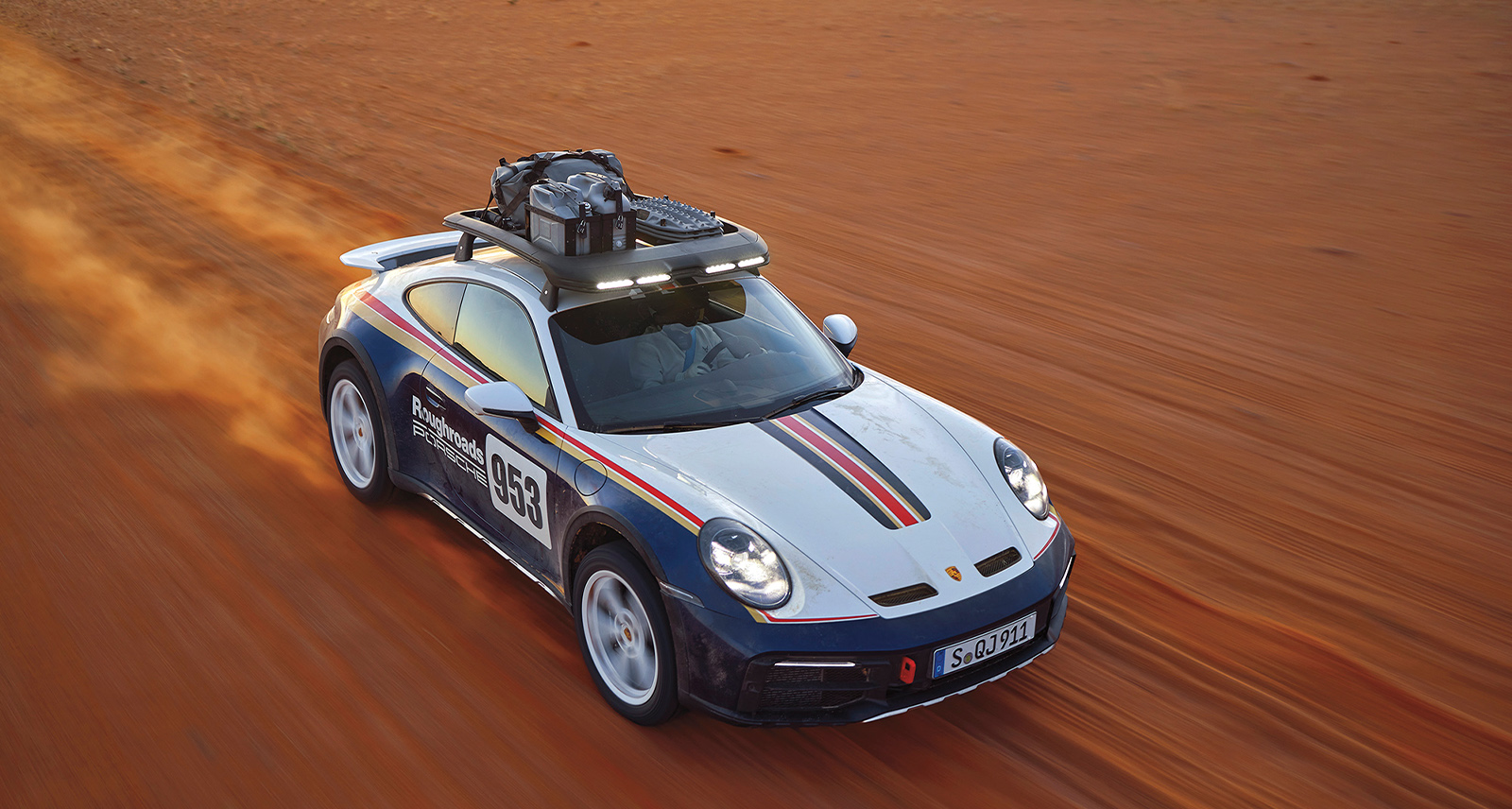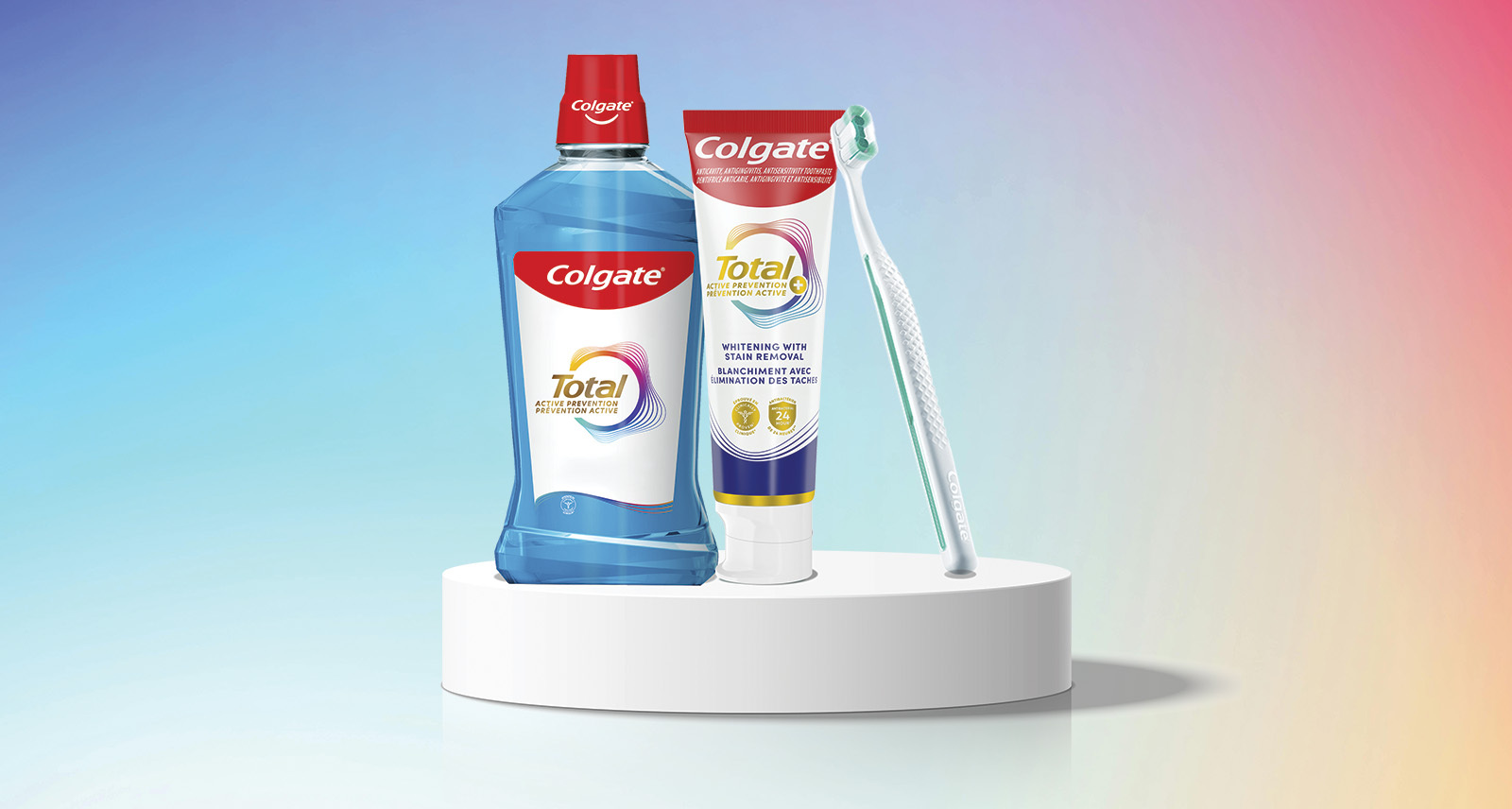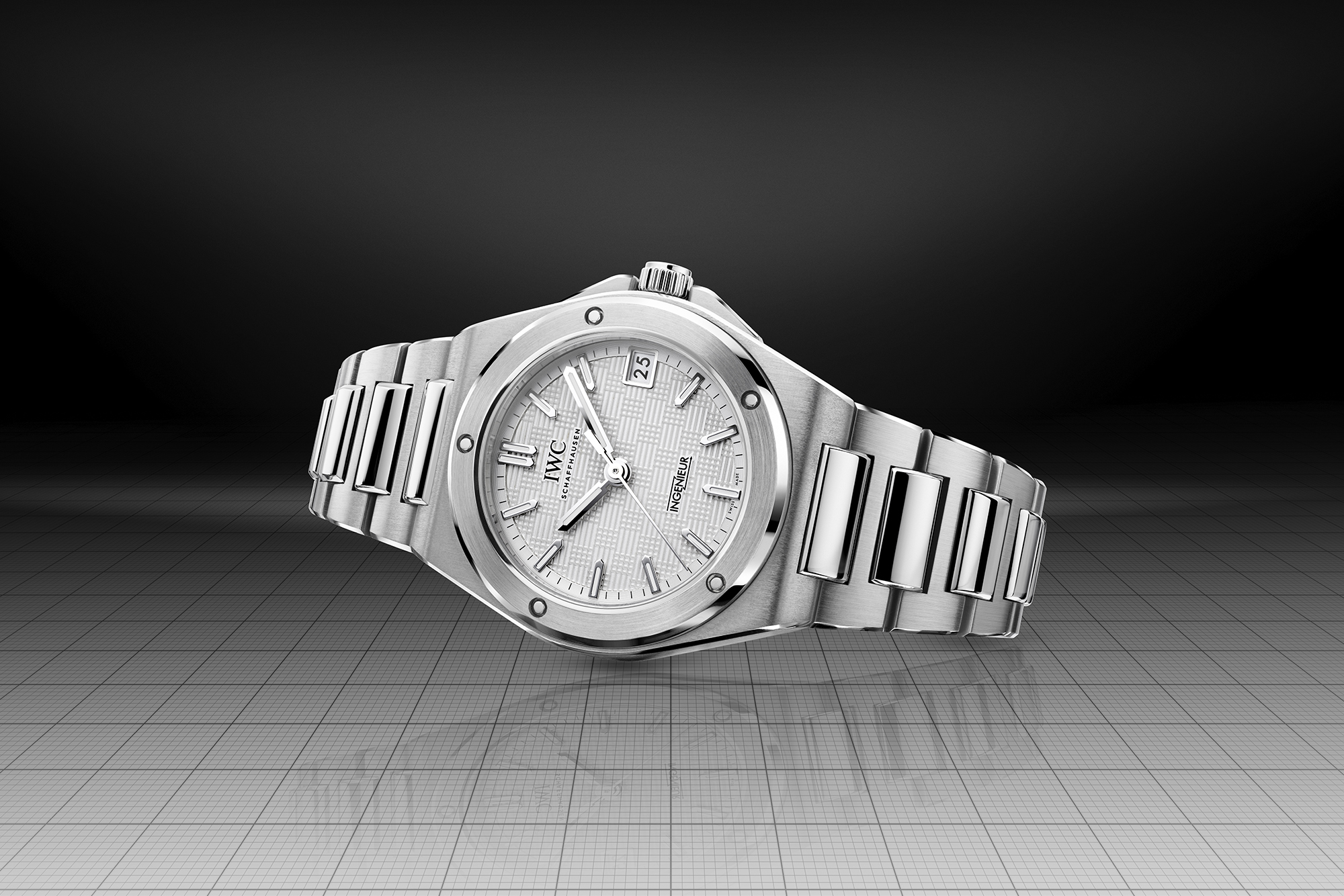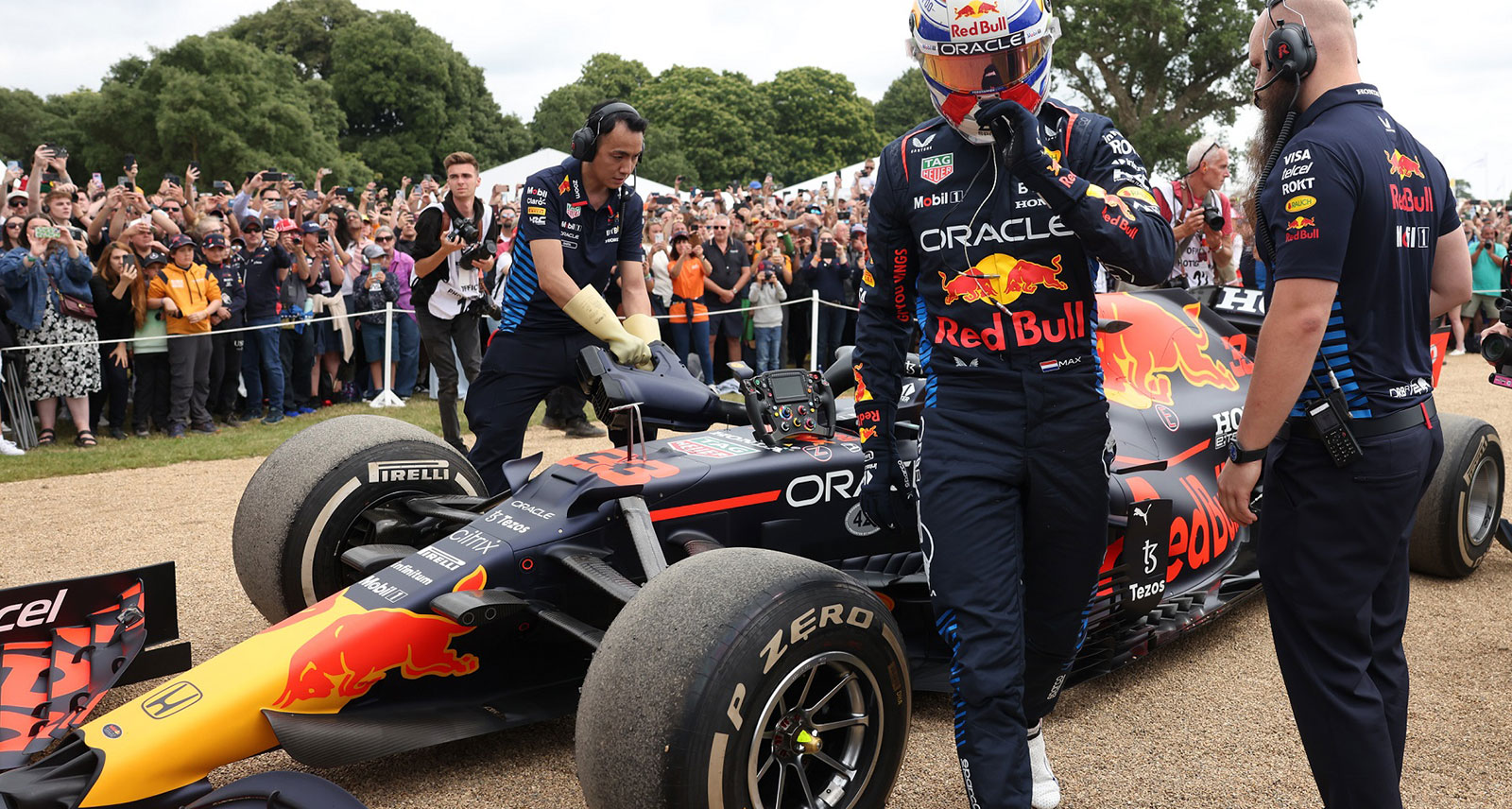EV Momentum and More: Automotive Trends of 2023
You’re not going to be able to escape electric cars in 2023: they’re gaining momentum fast. Last year, EVs and plug-in hybrids made up nine per cent of all new vehicles sold in this country — a new record. This year, it’s a safe bet they’ll take an even bigger slice of the market despite the fact EVs are still in short supply relative to booming demand. The good news is that experts say it should get a little easier to find an EV on a dealer lot this year. Here are the other automotive trends you should be ready for in 2023.
GADA: Go Anywhere, Do Anything
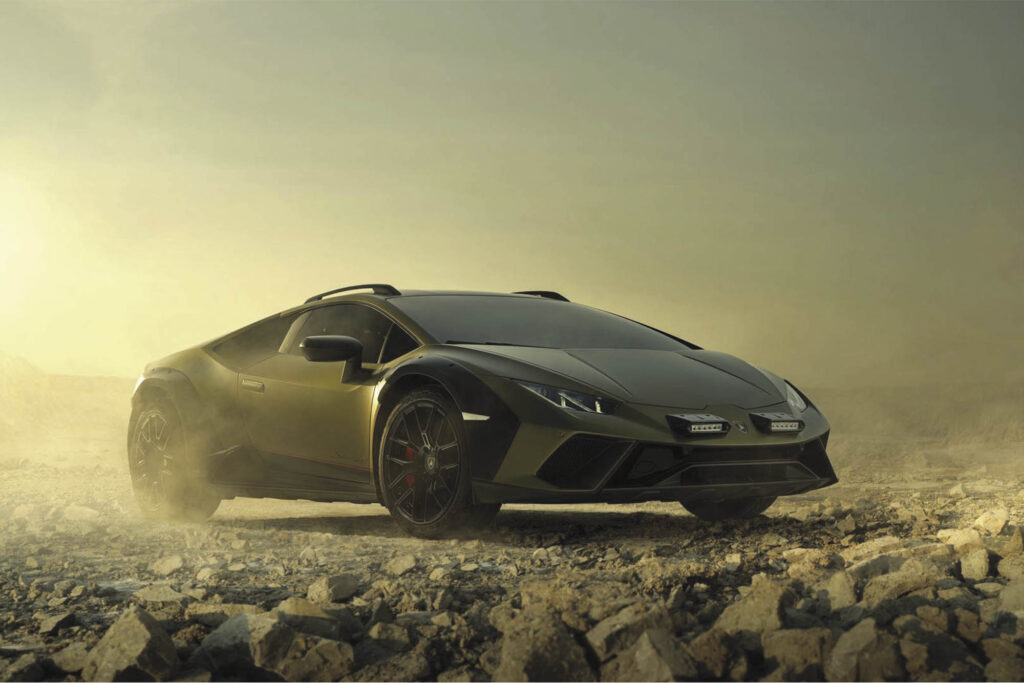
Go-anywhere, do-anything sports cars are coming, and not a moment too soon. The fact that many city streets are becoming more pothole than road, plus the raging popularity of SUVs, means that sports cars are being forced to adapt. They’re becoming more versatile, with extra ground-clearance and more absorbent suspension. Porsche and Lamborghini kicked off the trend with the rally-inspired 911 Dakar and dirt-road-ready Huracan Sterrato. Ferrari, meanwhile, will blur the lines between sports cars and SUVs with the four-door Purosangue, due out later this year.
Over-the-Air Upgrades
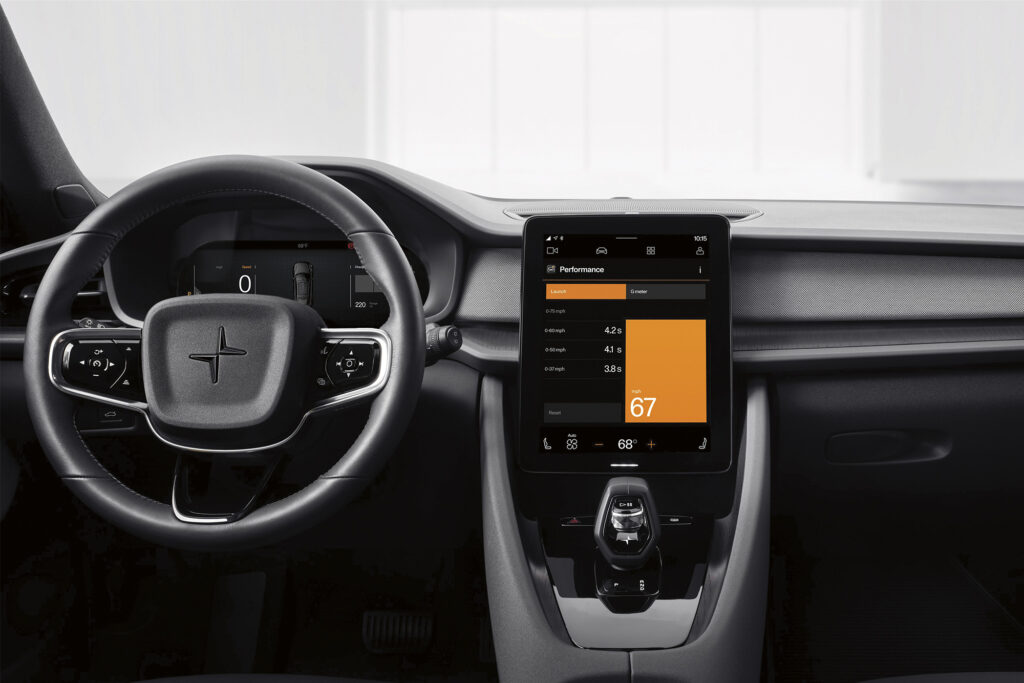
After all the online outrage over monthly in-car subscriptions offering everything from heated seats to more horsepower — subscriptions that, in most cases, weren’t even offered in Canada — forward-thinking car companies are now finding better uses for remote, over-the-air (OTA) updates. Case in point: Polestar offers owners of certain 2022 models the option of a 68 horsepower increase through an OTA upgrade. Best of all, it’s a one-time purchase, not a subscription. Ongoing OTA upgrades like these have the potential to reduce planned obsolescence, keeping cars feeling newer for longer.
On-Brand Charging
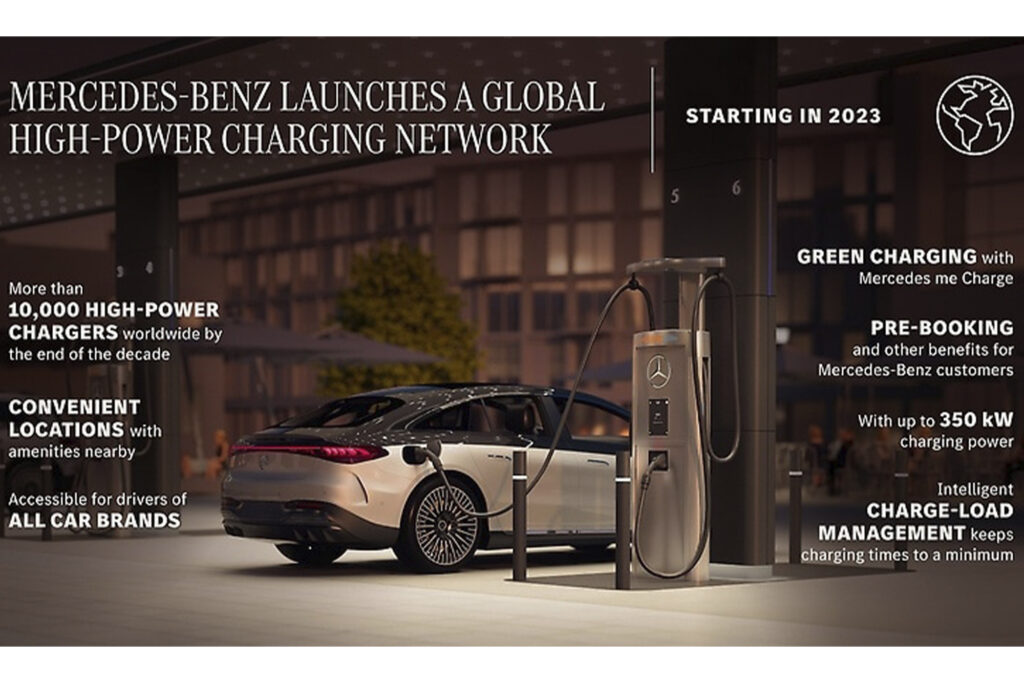
Major car companies are discovering it’s not enough to make a great electric car — they also need to offer a great EV charging experience (hello, Tesla). Mercedes-Benz recently decided to spend one billion euros launching its own charging network, starting with more than 400 hubs across Canada and North America. “Our customers deserve a compelling charging experience that makes electric vehicle ownership and long-distance travel effortless. We won’t take a wait-and-see approach for this to be built,” said company chairman Ola Källenius.
New-Old Electric Vehicles
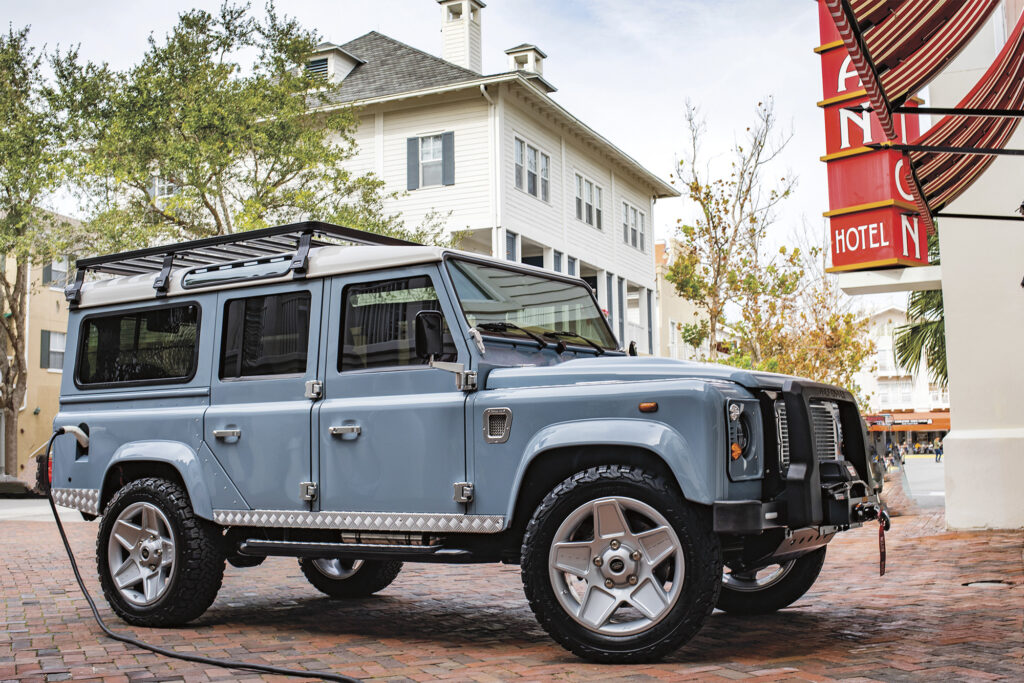
Sure, there are a lot of exciting new EVs hitting the market this year. But what if you don’t want a new EV? What if you want a vintage one? Reputable companies like Florida-based E.C.D. Automotive Design, and UK-based Everrati and Lunaz are bringing quality, craftsmanship, and reliability to increasingly popular EV conversions. “Putting the electric systems in [classic cars] you open it up to a whole new audience, like people that aren’t mechanically inclined, or who can’t maintain an old Jaguar V12 or an old Rover TDI,” says Elliot Humble, cofounder of E.C.D. Automotive Design.
Next Generation Batteries
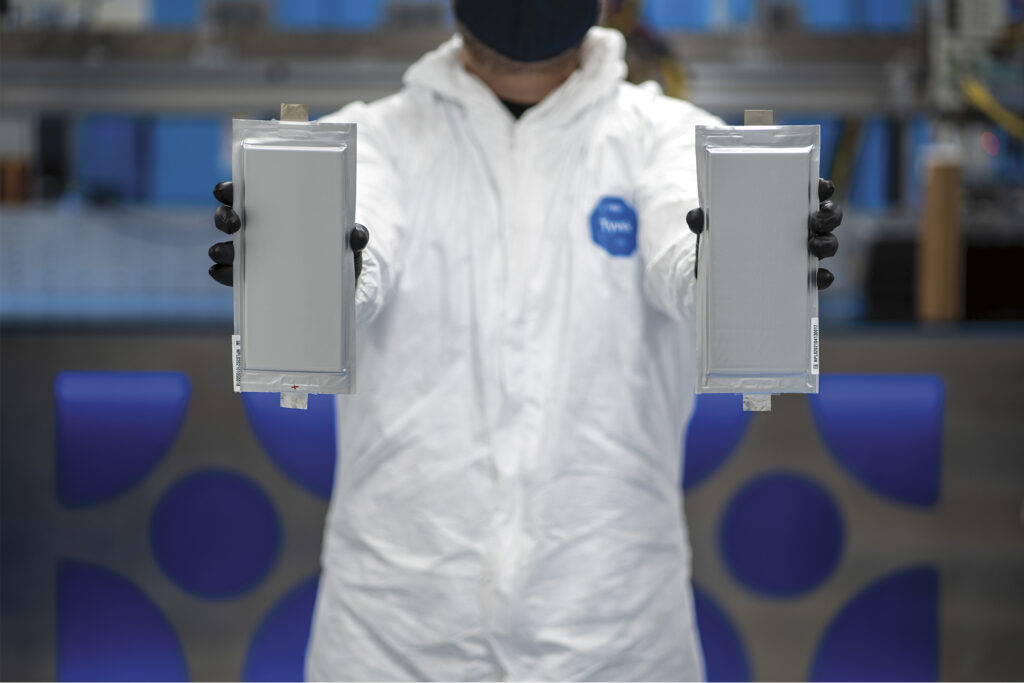
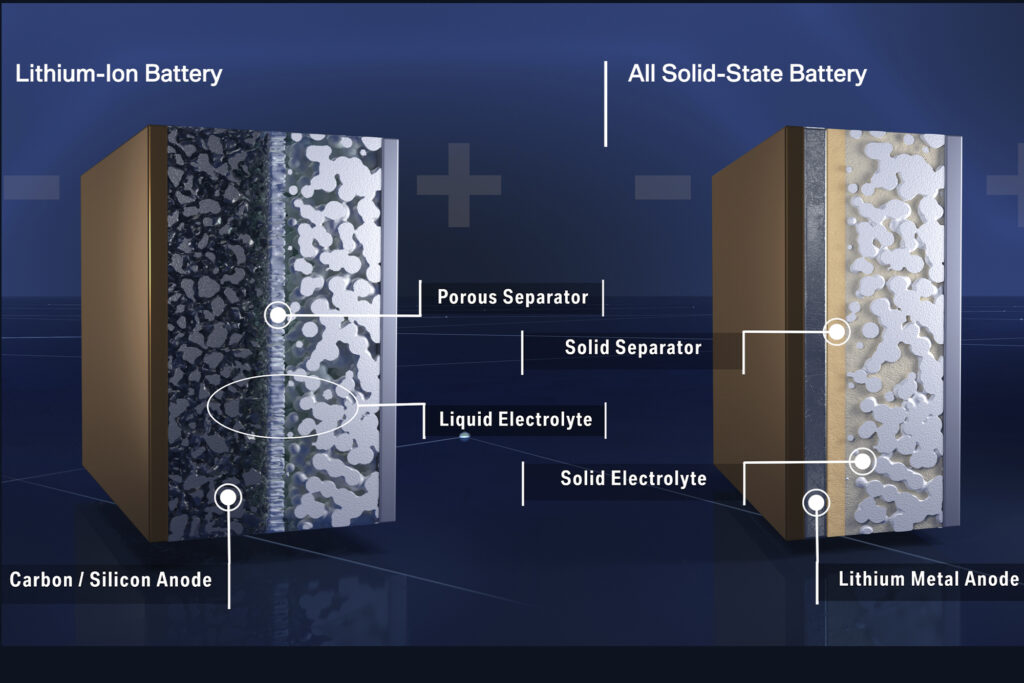
As far as drivers are concerned, solid-state batteries are a bit like the Holy Grail for EVs, promising more range, less weight, lower cost, faster charging, improved safety, and better long-term performance. But solid-state batteries are elusive, always just around the corner. This year, however, BMW is installing a prototype production facility for these batteries and hopes to have them in cars by the second half of the decade. Volkswagen, Mercedes-Benz, and some Japanese brands are working on a similar timeline, so expect to hear more about this technology soon.
